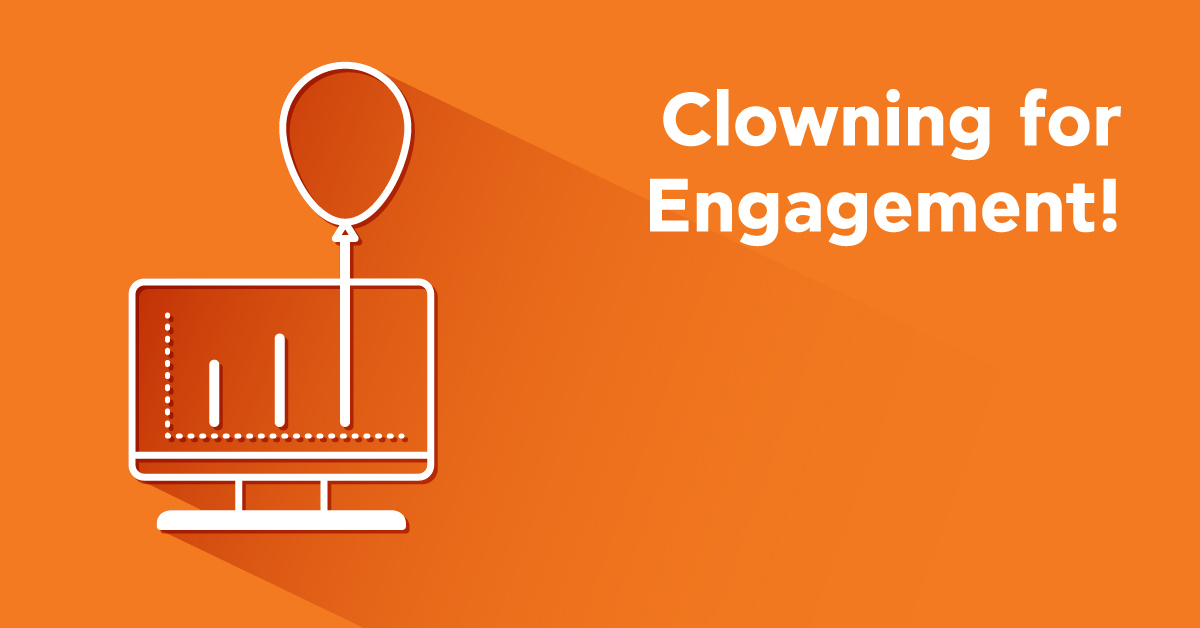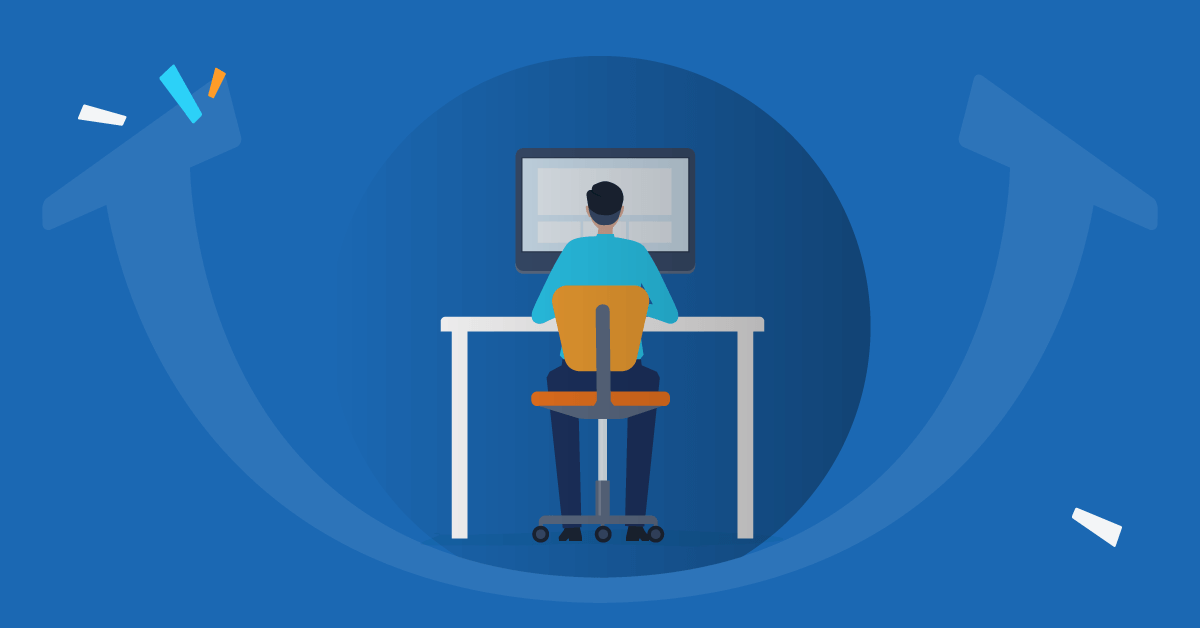Fun is a tricky little three-letter word.
If we were to think of the workplace as a cross-word puzzle it would be challenging to consider where fun fits into the big picture. There is no “F” in “productivity”, no “U” in “effort”, and there is certainly no “N” in “results”. There simply is no time, nor place, for fun and its varying distracting, immature, and counterproductive derivatives, such as humour, levity, and boisterousness. Games are silly relics of a youthful song which is both out of date and out of synch with the demanding and ferocious reality of the work culture.
Or, you know, maybe not?
The science of fun
Our brains require stimulation. They seek out novelty. Research has shown that along with basic survival needs, and the need for emotional security, our brains not just desire but require stimulation in the form of novel, delightful, and pleasantly surprising experiences. These recharge and excite our mind, and result in a number of measurable and beneficial biological side-effects – from healthier function of our blood vessels to producing certain antibodies that strengthen our immune system. In short, the research is in and it seems to conclude that fun is good for the mind and body.
But why on Earth would we want this positive, life-extending emotion entering the tightly constrained confides of the work place?
Because there are more ways to motivate people than just the carrot and the stick.
Fun is a motivator
Yes, employees can be incited into increased productivity with extrinsic motivational factors of the metaphorical “carrot” (pay rises, bonuses, fringe benefits, etc.) or the “stick” (threats, reprimanding, fear) however I would suggest that there is the third path, one that results in intrinsic motivation: the path of creating a working environment that your employees want to work in. Where their brains feel safe, emotionally validated, and intellectually stimulated – and injecting elements of fun into your company will help bring about this increasingly positive state of mind.
Let us clarify that fun does not mean lack of seriousness or respect. A fun company is not a company where slacking off or constantly goofing around are the only objectives. Fun in the workplace is more so about the feeling of, so-called, levity. Making your people feel “lighter” as opposed to the “heavier” feelings of sombre, stone-faced, restrained professionalism.
Fun is contagious
Particularly in the creative or communication-based industries, it is very important to allow time for the mind to breathe. Time when the mind is allowed to open and expand to novel stimuli and sensations results in decreased stress levels, and increased gusto for work.
It is not a coincidence that some of the largest and most successful companies worldwide encourage fun in their company culture. The results of these actions trickle down into the company’s products and are indeed picked up upon by the end user. Users are more intuitive than we may give them credit, and they have the ability to notice when a product has been infused with care, zest, and even love, by their product design and development teams.
Does this mean instead of increasing advertising budgets we should be buying a foosball table and installing a break room with bean-bags and hot cocoa?
Not per se, though it certainly is a gesture that will be appreciated in bouts of 15 minutes at a time. Fun in the workplace, or the room for fun in the workplace to exist and breath, filters down from the top and is visible in smaller “micro-interactions” within the company.
The many forms of fun
Fun has many forms within a company.
It can be in that ridiculous pink squishy ball that gets thrown around from person to person during a brainstorming session. It can be in “Pizza Tuesdays” where people come together from across completely different departments to eat a slice of pepperoni pie and then leave feeling a little more comfortable with their colleagues – realising that there are people, with feelings and thoughts, at the other end of that scathing email they were planning to write.
Fun can be in installing the /giphy extension on Slack and not considering it “goofing off” or a lack of professionalism if your team expresses their sentiments about a project or an idea with reaction gifs.
One of my favourite moments are design team “Fun Fridays”, where the last 20 minutes of the working week have been cordoned off for moments of levity: draw a picture of a cat in sixty seconds and compare it with the rest of the team. Share that absolutely gorgeous logo you saw online with the rest of the team and tell them why you got so excited. Fold a paper airplane and see which one can fly the farthest. Play one, or two quick rounds of stand-up, communication based games, like “Werewolves” or “Mafia”.
Conclusion
20 minutes of fun a week. 20 minutes shaved off of the forty-hour work week, in the hope that the remaining 39 hours and 40 minutes will feel like an environment that your employees will want to be a part of, will want to give their very best, and will want to pour a little piece of their heart into.
Those 20 minutes a week may turn out to be the best investment you make this year.
About the author: After travelling the world over for years as an English Language Teaching consultant, George specialised in designing UI/UX solutions for businesses for mobile and desktop devices. He is excited to bring his background in both education and design with him to Epignosis.



